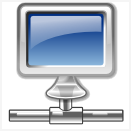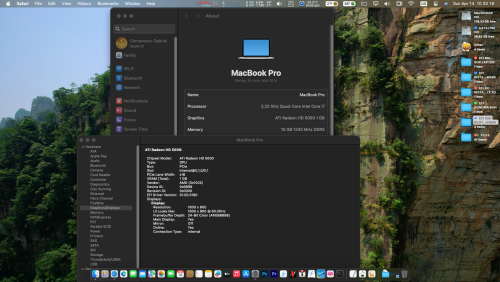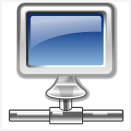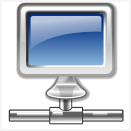
The new iOS reportedly features over 100 new features, the key ones being multi-tasking, folders, unified Mail inbox, and iBooks for reading ebooks.
First generation iPod Touch and iPhone models are unfortunately not compatible. Multi-tasking is not available on the iPhone 3G.
- Read more...
- 4 comments
- 2,807 views









